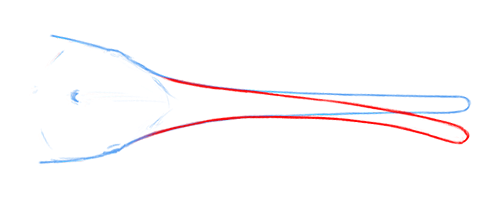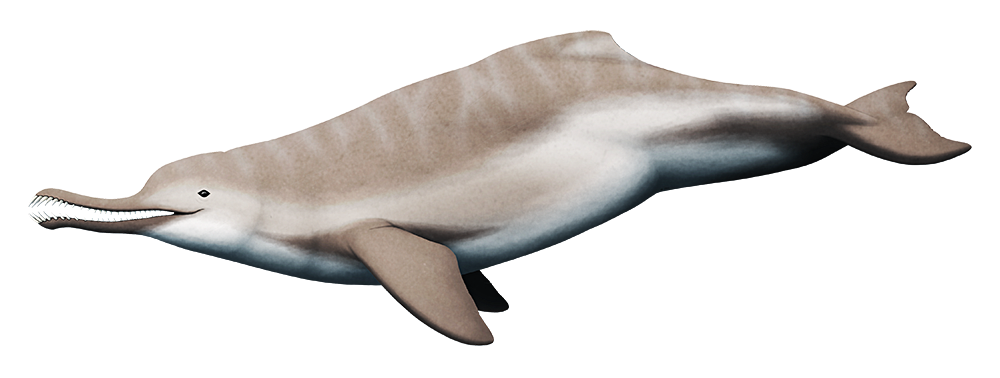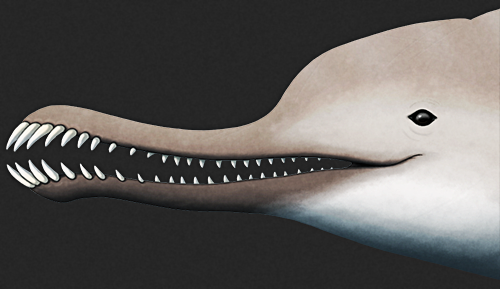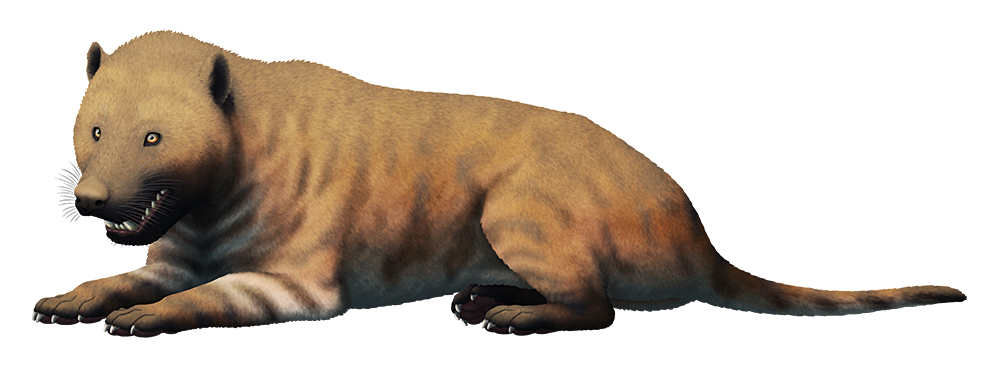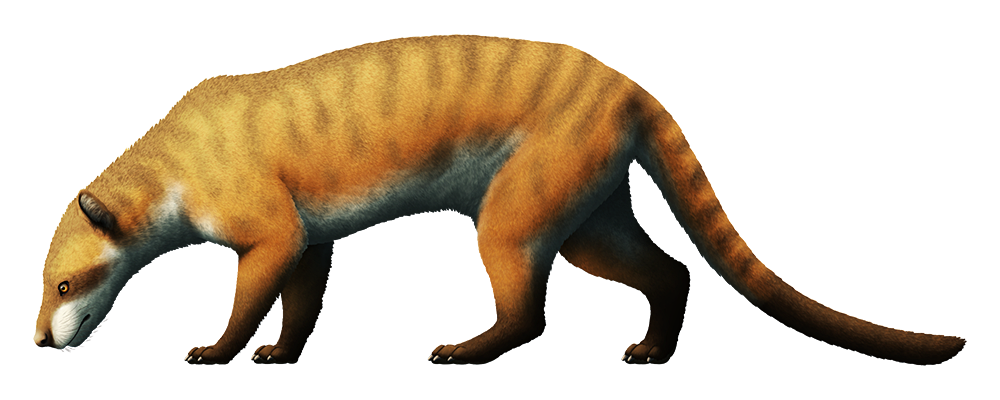Since the last couple of weeks have featured marine mammals, let’s have one more! This time not a cetacean but a member of the other group of fully aquatic mammals still alive today: the sirenians.
Although commonly known as “sea-cows” due to their herbivorous grazing habits, sirenians’ closest living relatives are actually modern elephants. They’re thought to have originated in Africa over 50 million years ago, starting off as pig-like or hippo-like semi-aquatic animals — but they must have been good swimmers capable of crossing oceans very early in their evolutionary history, since some of the earliest known sirenian fossils actually come from the other side of the Atlantic on the Caribbean island of Jamaica.
Sobrarbesiren cardieli here extends some of our knowledge of early four-legged sirenians to Europe, dating to the mid-Eocene about 42 million years ago. Hundreds of bones were found in Northeastern Spain, representing at least six different individuals and giving us a fairly complete idea of this species’ anatomy.
It was smaller than modern sea-cows, reaching about 2m long (6’6″), and seems to represent a transitional point between the semi-aquatic ancestral sirenians and fully aquatic later forms. It had a head very similar to its modern relatives, and probably a tail fin, but also still retained small functional hind limbs.
It was initially thought to still be somewhat semi-aquatic and capable of quadrupedal locomotion on land, but a later analysis of its hind limb bones suggests that it may actually have been much more aquatic than that. Its hind legs had a wide range of motion and were probably used for otter-like swimming, undulating the body while paddling, but might not have been capable of supporting its weight on land. So if Sobrarbesiren did still haul out of the water, it may have had to move more like a seal.



